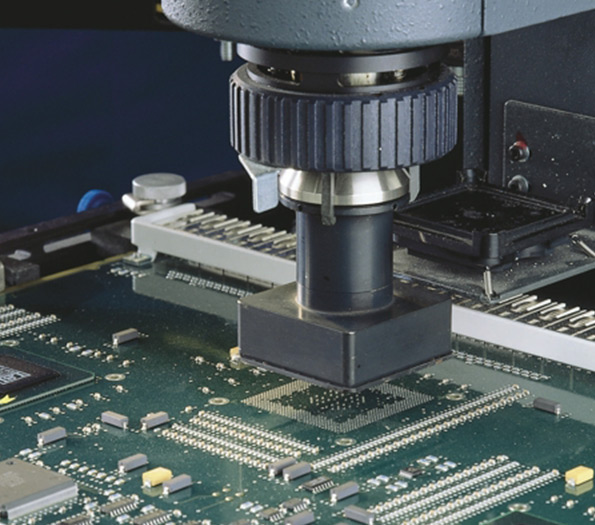

Understanding Low-E Glass A Comprehensive Overview
Low-E glass, or low-emissivity glass, is a revolutionary material that plays a crucial role in modern architecture and energy efficiency. Its primary function is to reduce the amount of infrared and ultraviolet light that passes through the glass without compromising the amount of visible light that enters. This distinction makes Low-E glass particularly appealing for both residential and commercial buildings aiming to enhance energy efficiency and comfort.
Understanding Low-E Glass A Comprehensive Overview
One of the key advantages of Low-E glass is its ability to improve energy efficiency. By reflecting heat back into a building during cold months and keeping it out during warmer months, Low-E glass can significantly reduce the demand for heating and cooling. This efficiency translates into lower energy bills for homeowners and businesses, making it an environmentally friendly option that helps decrease carbon footprints.

Moreover, Low-E glass contributes to a more comfortable indoor environment. Traditional single-pane glass can lead to cold drafts and uneven temperatures within a space. In contrast, buildings equipped with Low-E glass maintain a more consistent temperature, thereby increasing comfort for occupants. Additionally, the reduction of UV light helps protect furnishings, flooring, and artwork from fading, extending their lifespan and preserving aesthetic appeal.
Another compelling feature of Low-E glass is its versatility in design. It can be incorporated into various types of window systems, including double-glazed and triple-glazed windows, making it suitable for a wide range of architectural styles. This adaptability allows architects and builders to meet specific design requirements while still reaping the benefits of energy efficiency.
In summary, Low-E glass is a remarkable development in building materials that combines functionality with sustainability. It provides significant energy savings, enhances indoor comfort, and protects against UV damage. As awareness grows about the importance of energy conservation and environmental responsibility, the demand for Low-E glass is likely to increase, positioning it as a key component of modern construction practices. Its contributions not only boost individual comfort and savings but also support broader goals of sustainability and eco-friendliness in our built environment.